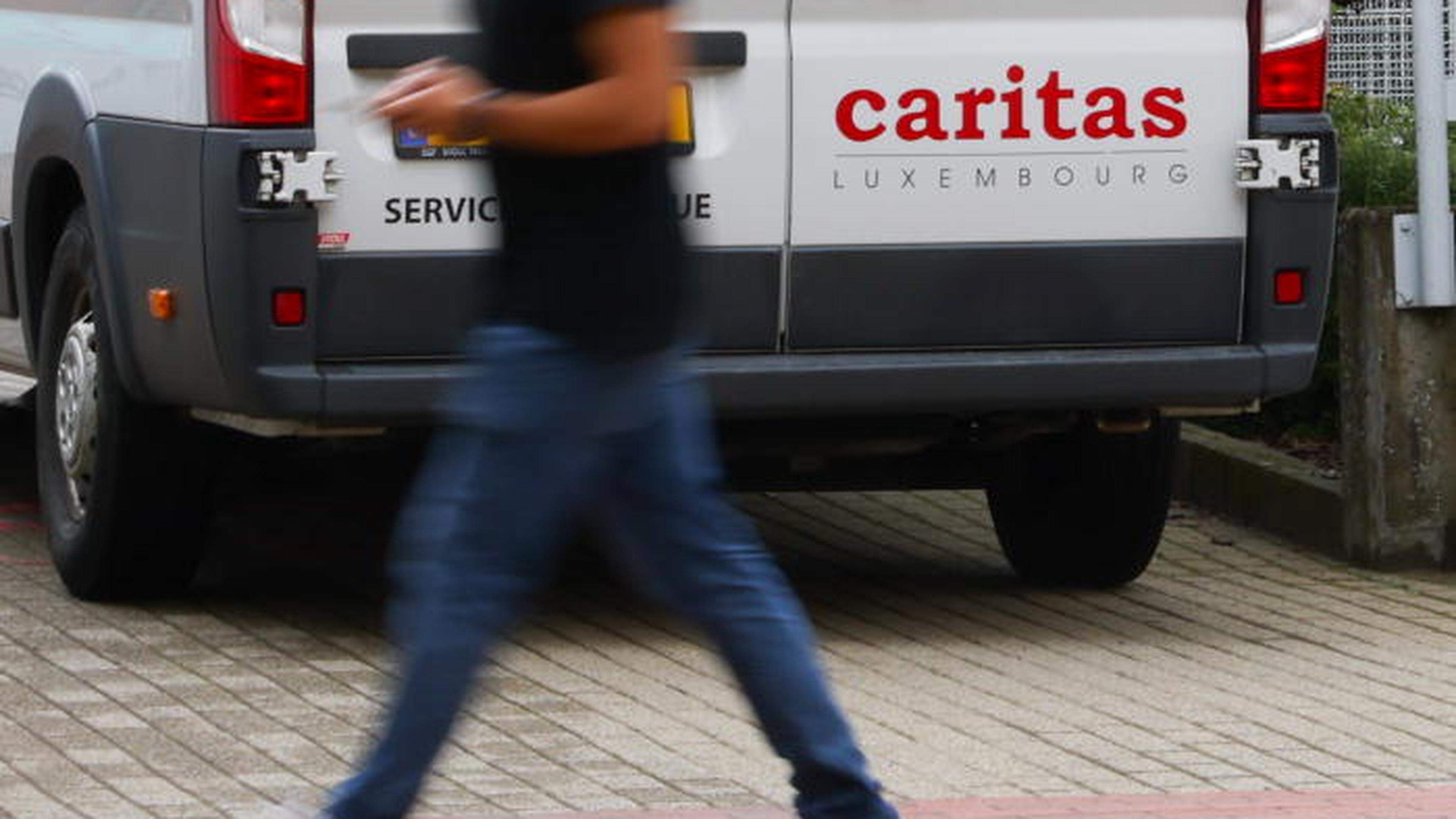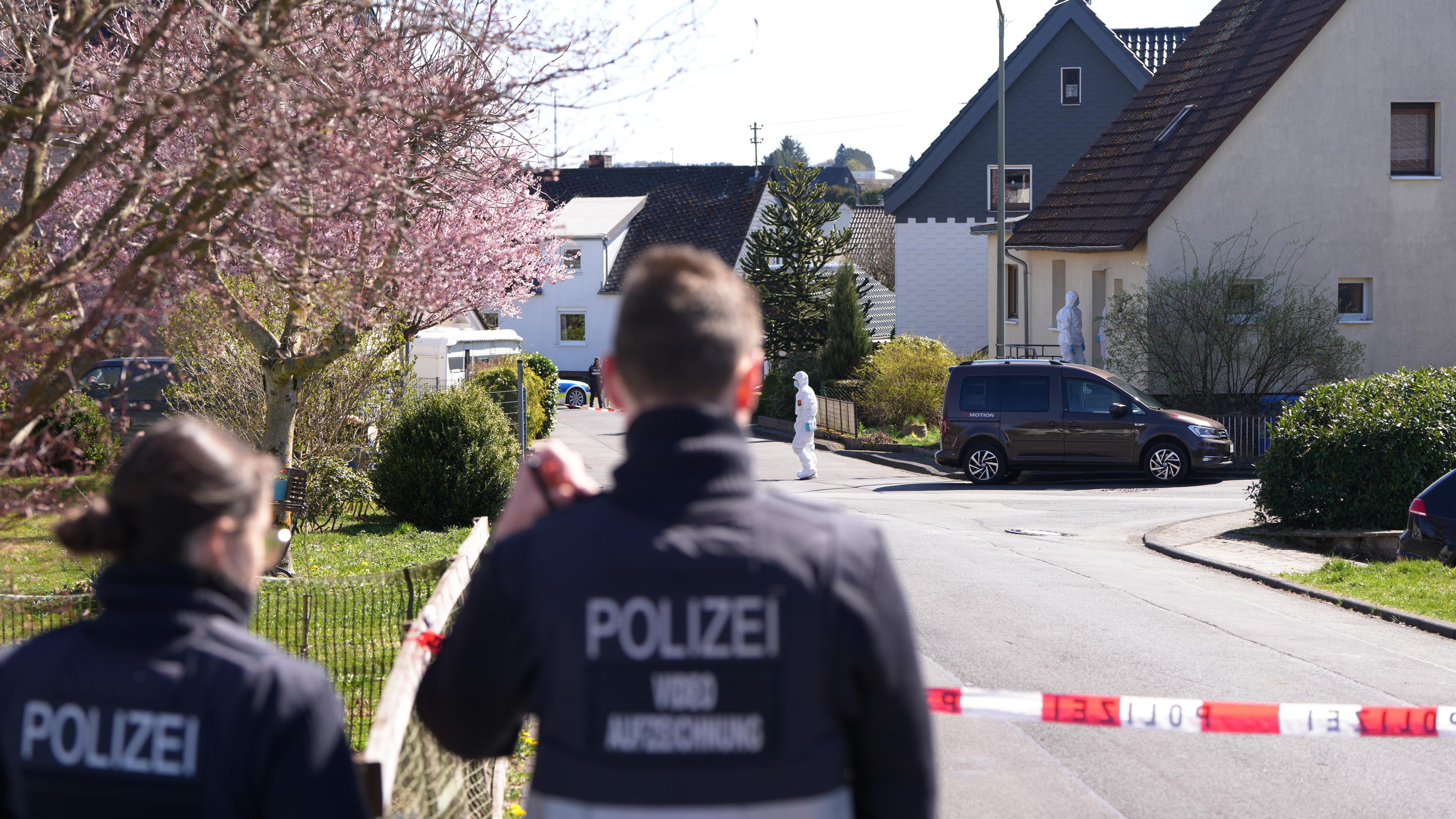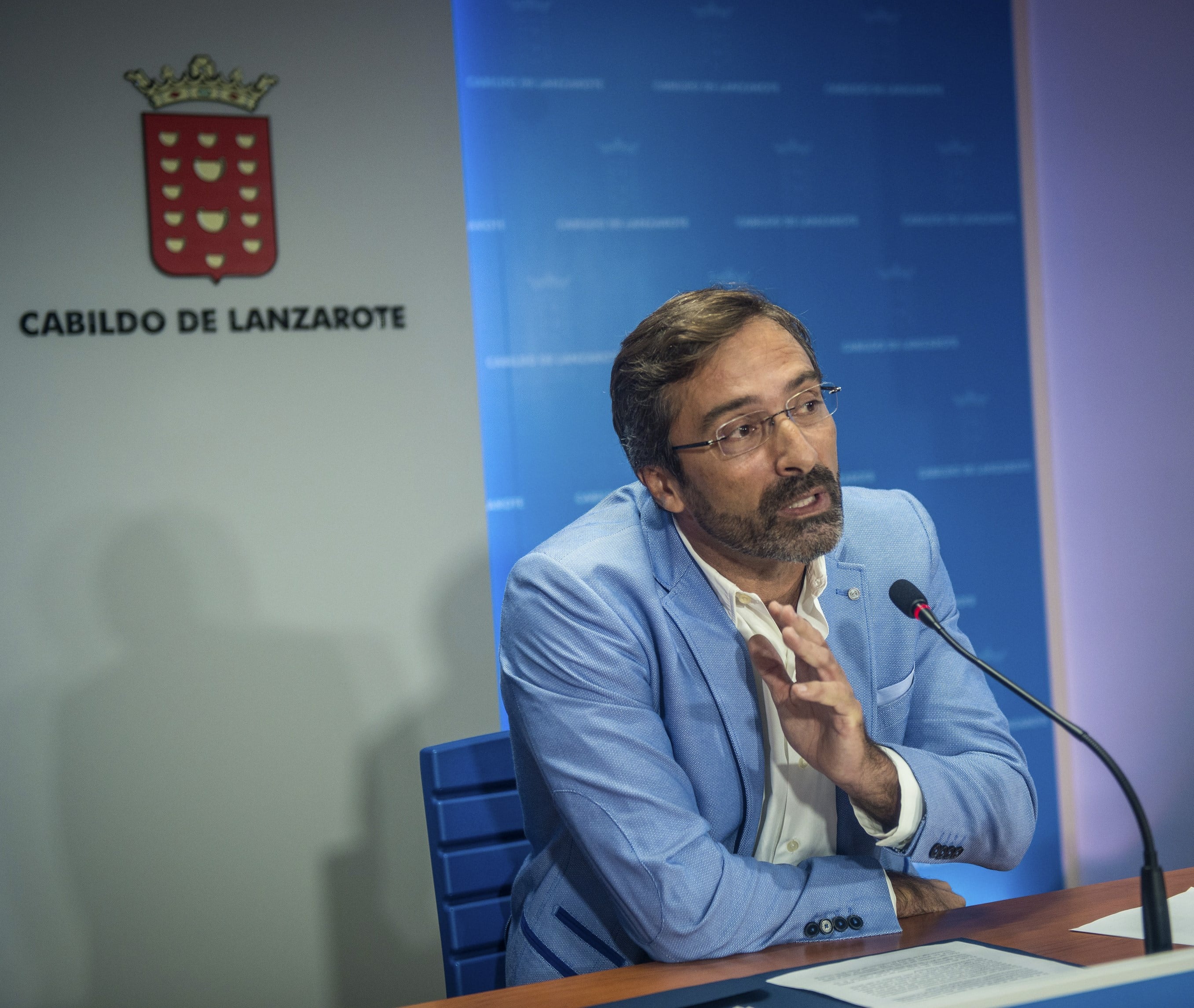How the farmers finally want to achieve their long -awaited goal

The Luxembourg farmers face a task that they have not yet been able to cope with: domestic agriculture has to save eleven percent ammonia emissions by 2030 in order to be in harmony with the EU goals. So far, she has only managed half of the way and was able to save around eleven percent last year compared to 2005.
Why agriculture has to try so convulsively to lower its emissions: in 2023 it is responsible for over 95 percent of ammonia emissions across the country. To be precise: 5.7 gigagram total emissions for the whole country 5.3 come from agriculture. The majority of it comes from livestock farming – it is almost 40 percent. The rest comes from the tillage, irrigation or the dilution of fields.
If cows linger longer on the meadow instead of being accommodated in the stable, this could reduce the ammonia emissions. Photo: Christophe Olinger
At the First institutionalized agricultural Dësch under CSV Minister of Agriculture Martine Hansen At the beginning of the reign of CSV/DP, the Minister of Agriculture decided to set up a task force together with the farmers. This should find ways of how the sector could reduce its ammonia emissions. More than a year later, the working group shared its findings with the public.
« The path remains long, » said Martine Hansen at the press conference in Garnich on Monday morning.
Agriculture for 95 percent of ammonia emissions
One of the main knowledge of the research of the Task Force is the decline in ammonia emissions between 2012 and 2022. This is partly due to the lower mineral fertilizers and the increasing use of more environmentally friendly ranger techniques for manure. Because the beginning of the Russian invasion in 2022 had raised the prices for synthetic fertilizers, significantly fewer mineral fertilizers were used in 2022.
Each farm has its own special features and must determine measures according to its situation.
Louis Boons
Chamber of Agriculture
The Task Force has also proposed other solutions: for example, the cows should stay in the pasture longer. This could help reduce emissions that arise in connection with stable farming. Nevertheless, you have to consider a lot when it comes to stable accommodation. Among other things, the Task Force recommends reducing dirty areas and ensuring that feces and urine do not stay in touch for too long.
« No universal solution » for all farms
With fertilization, the attachment of covers for slurry pits should help reduce emissions. In general, storage would have to be made more efficient. As far as the spread of manure is concerned, several techniques are possible so that Luxembourg can achieve its goal to double the reduction of its emissions by 2030.
Hansen finally wants to solve the following problem of the farmers
One of them is the towing hose technology, in the manure near the floor in narrow strips on the floor surface, instead of a wide distribution, in which it is sprayed over a large area. The same principle also applies to towing technology.
On the right you can see a towing shoe distributor – with which the Luxembourg farmers could save more ammonia in the manure. Photo: Christophe Olinger
But on Monday, the Task Force said that there was no universal solution that is tailored to every farm. « Each farm has its own special features and must determine measures according to its situation, » said Louis Boons from the Chamber of Agriculture. In order to accompany the farmers on the way, information evenings are to be organized, one of them on May 20 in Berdorf and another on June 11th in Heisdorf.







